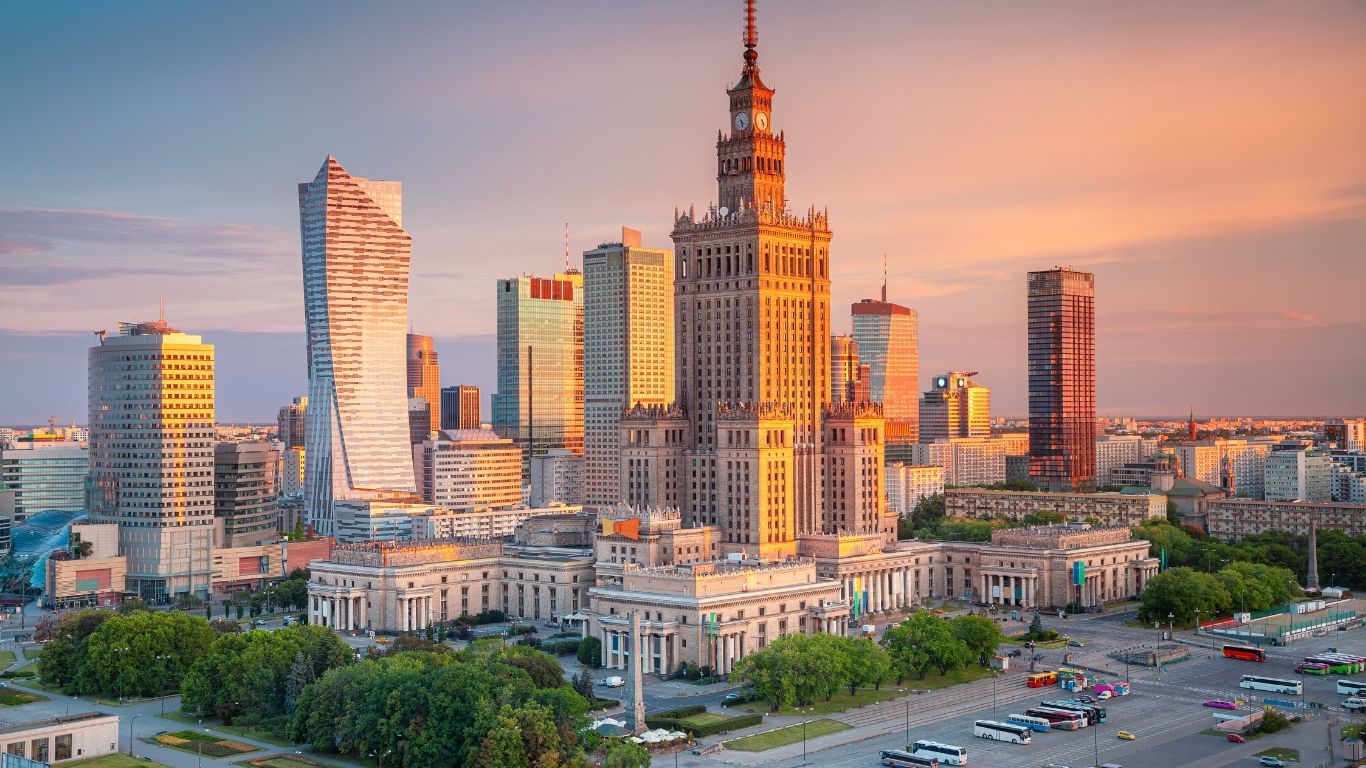
Where to Take the Best Photos in Warsaw? Our 10 Must-See Spots
Our 10 Must-See Spots for Picture-Perfect Memories
The largest city is Warsaw, which is formally known as the Capital City of Warsaw. The city is located in east-central Poland on the banks of the Vistula River. Warsaw is the nation's seat of government, a significant political, economic, and cultural center, and an alpha global metropolis. Additionally, it serves as the capital of the Voivodeship of Masovia. It has a ton of beautiful locations! Although it is difficult to pick just ten, we have compiled a list of our top ten locations for stunning photos while you're there.
We're sharing our top picks for breathtaking photo spots in Naples in this guide. In order to avoid crowds and capture the ideal light, we also advise you on the best time and method to visit each location.
Let's take a tour of the city's most picturesque locations, ideal for making memories along the way.
1. Old Town Market Square (Rynek Starego Miasta)
The oldest and most central area of Warsaw's Old Town is the Old Town Market Square. The German Army methodically destroyed it right after the Warsaw Uprising. The Old Town Market Place was returned to its pre-war state following World War II. Between 1948 and 1953, the existing houses were rebuilt to resemble those of the 17th century, when wealthy merchant families dominated the square. Since 1855, Konstanty Hegel's bronze sculpture of the Warsaw Mermaid has served as the city's emblem.
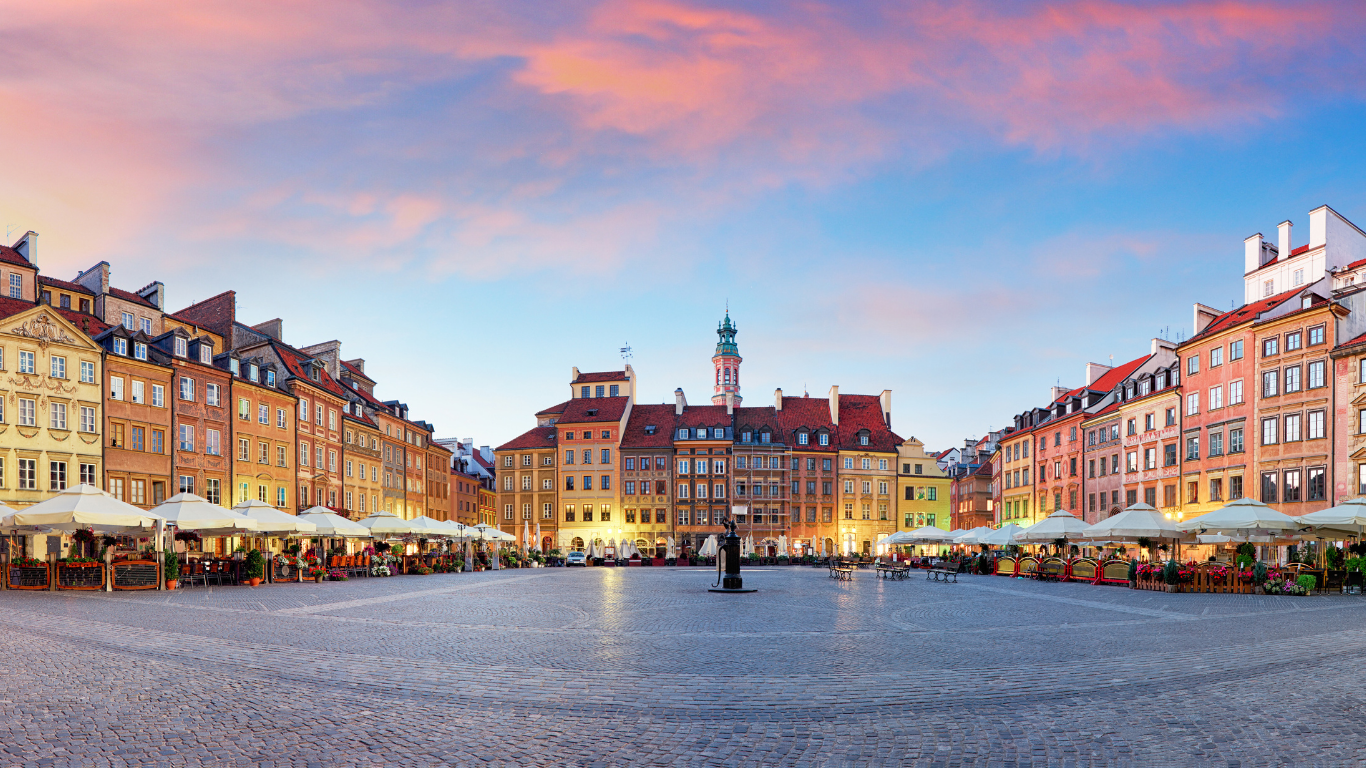
- Why is it exotic? 🤔
The center of Warsaw’s old town, with colorful buildings and cobblestone charm. - Best time to visit 📅
Early morning or just before sunset. - Photography tip 📷
Stand in the middle for the best angle of the colorful facades.
2. Royal Castle
Formerly the official royal palace of various Polish monarchs, the Royal Castle in Warsaw is now a state museum and a national historical monument. From the 16th century until Poland's final division in 1795, the Castle housed the king's personal offices as well as the royal court's administrative offices. The Royal Castle, which is located near the Old Town's entrance in Castle Square, is home to a substantial collection of European and Polish artwork. Numerous significant events in Polish history took place at the Royal Castle.
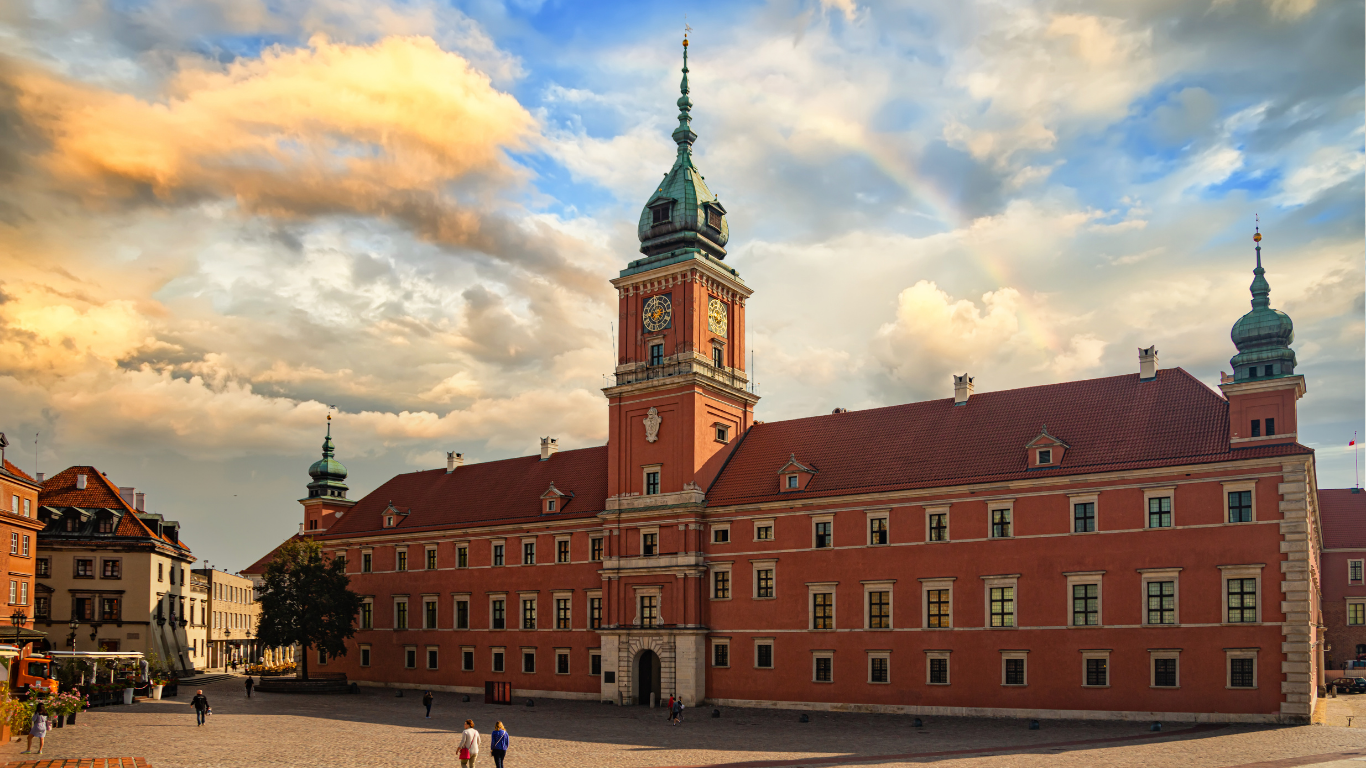
- Why is it exotic? 🤔
A proud symbol of Warsaw's royal history, rebuilt after WWII. - Best time to visit 📅
Mid-morning, when sunlight hits the facade. - Photography tip 📷
Shoot from Castle Square to capture its full size.
3. Łazienki Park & Palace on the Isle
Built on a square layout, the structure was lavishly embellished with paintings, statues, and stucco; some of the original architectural aspects and decorations are still there. Covering more than 76 hectares of the city centre, Warsaw's largest park, Royal Baths Park, is home to the classicist Palace on the Isle. Prince Stanisław Herakliusz Lubomirski owned this palace and the adjoining Ujazdów Castle starting in 1674. He commissioned a Baroque bath-house, or "Łazienka," which shares a name with several other historic sites in Europe, including Bath, England.
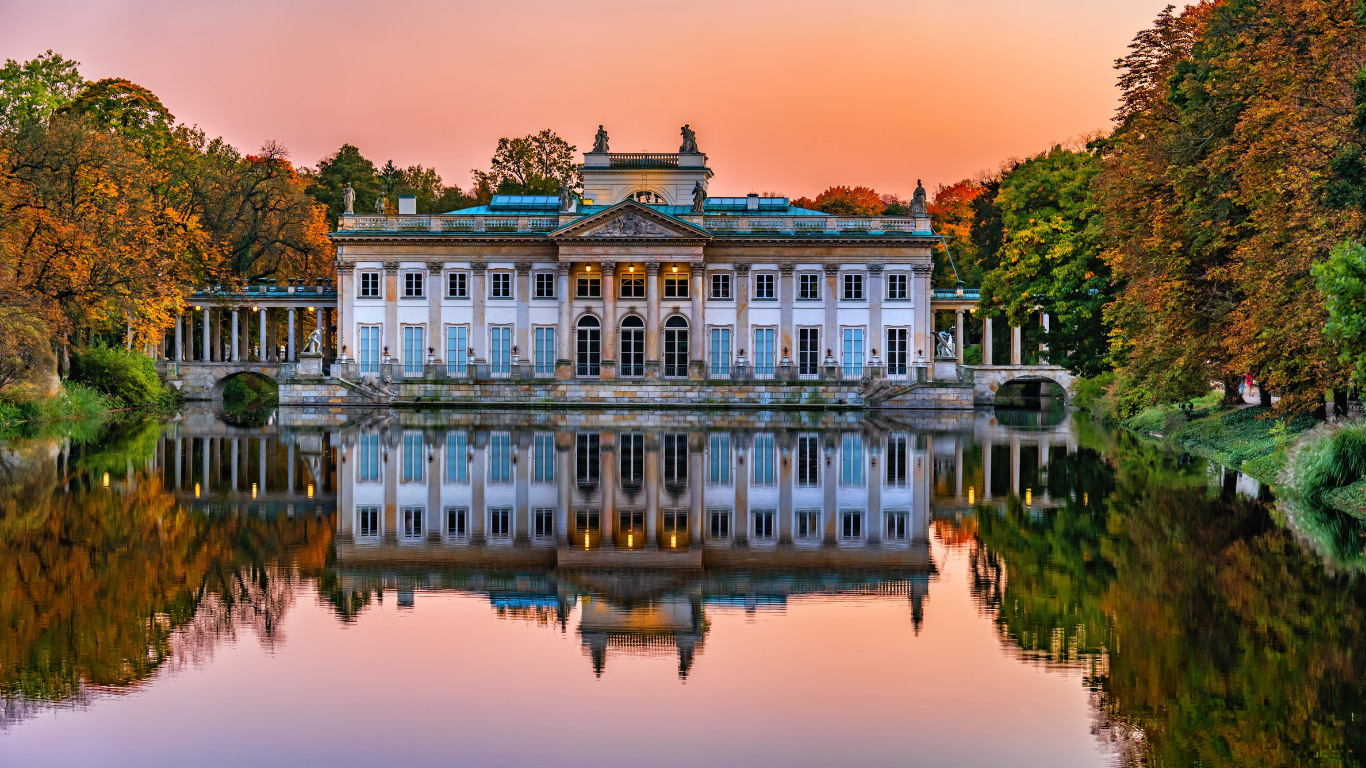
- Why is it exotic? 🤔
A peaceful park with swans, statues, and a palace on water. - Best time to visit 📅
Late morning, especially in autumn. - Photography tip 📷
Capture reflections in the lake near the palace.
4. Palace of Culture and Science
One prominent high-rise structure in the center of Warsaw is the Palace of Culture and Science. With a total height of 237 metres, it is among the tallest structures on the European continent, the sixth-tallest structure in the European Union, and the second-tallest structure in both Warsaw and Poland. When the Palace was finished in 1955, it was the eighth-tallest structure in the world, a title it held until 1961. From 2000 until a clock mechanism was installed on the NTT Docomo Yoyogi Building in Tokyo, Japan, in 2002, it was the tallest clock tower in the world.
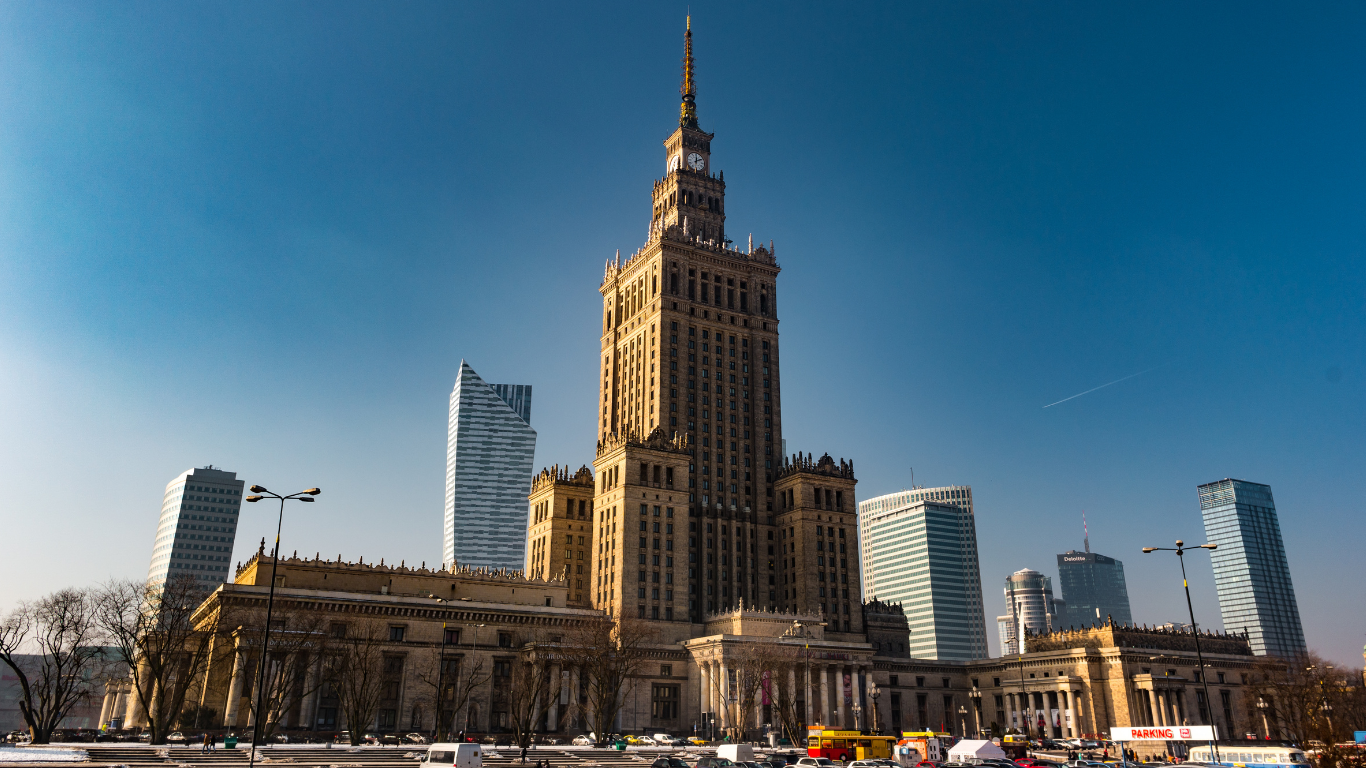
- Why is it exotic? 🤔
A giant Soviet-era tower that defines the Warsaw skyline. - Best time to visit 📅
Golden hour or night when it lights up. - Photography tip 📷
Shoot from below for a dramatic perspective.
5. Warsaw Uprising Museum
The 1944 Warsaw Uprising is the focus of the Warsaw Rising Museum. Although the museum's institution was founded in 1983, no construction was done for several years. On July 31, 2004, the 60th anniversary of the rebellion, it opened. Research on the history of the rebellion and the assets of the Polish Underground State is funded by the museum. To paint a complete picture of the individuals involved, it gathers and preserves hundreds of artefacts, from love letters to the weaponry the insurgents used. Creating an archive of historical data on the rebellion and documenting the experiences and recollections of active participants are among the museum's stated objectives.
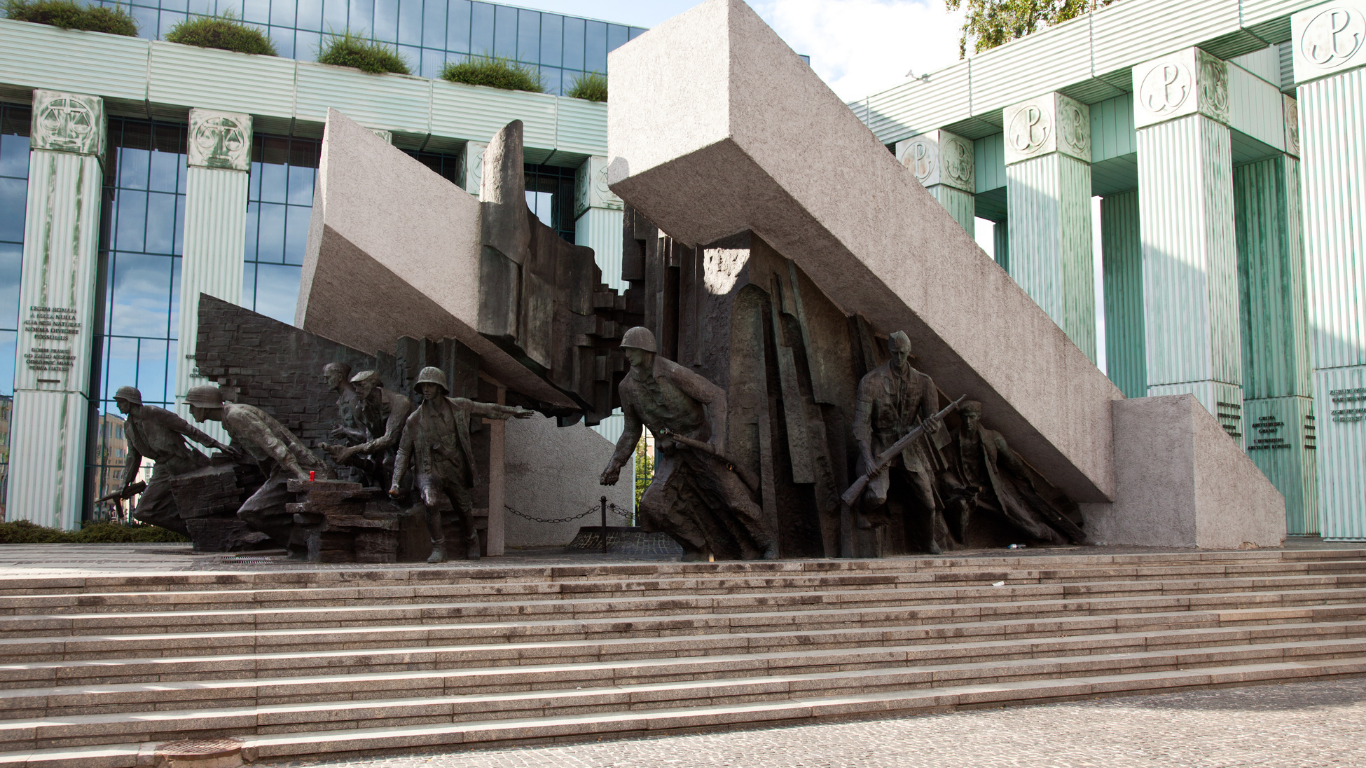
- Why is it exotic? 🤔
A moving tribute to the city's WWII resistance. - Best time to visit 📅
Mid-morning, when sunlight filters through stained glass. - Photography tip 📷
Focus on ceilings, arches, and dramatic interiors.
6. Wilanów Palace
Constructed between 1677 and 1696, Wilanów Palace is a former royal residence in Warsaw's Wilanów neighbourhood. Wilanów Palace is one of the most impressive specimens of Baroque architecture in Poland, having withstood both World Wars and the country's divisions. It is among the most significant monuments in Poland. One of the most visited palaces and sites in the world, the museum of the palace was founded in 1805 and serves as a storehouse of the nation's artistic and royal legacy.

- Why is it exotic? 🤔
A baroque gem with manicured gardens and royal history. - Best time to visit 📅
Spring or summer for blooming flowers. - Photography tip 📷
Shoot the palace through garden arches for depth.
7. POLIN Museum (Jews of Poland)
The goal of the POLIN Museum of the History of Polish Jews is to preserve and commemorate the history of the Jewish people in Poland. The museum is situated where the Warsaw Ghetto had stood. The English name of the museum is derived from the Hebrew term Polin, which means Poland or rest here and refers to a myth of the first Jews to settle in Poland. After Finnish architects Rainer Mahlamäki and Ilmari Lahdelma won an international architectural competition, work on the museum's allocated site in Muranów, Warsaw's prewar Jewish district, started in 2009.
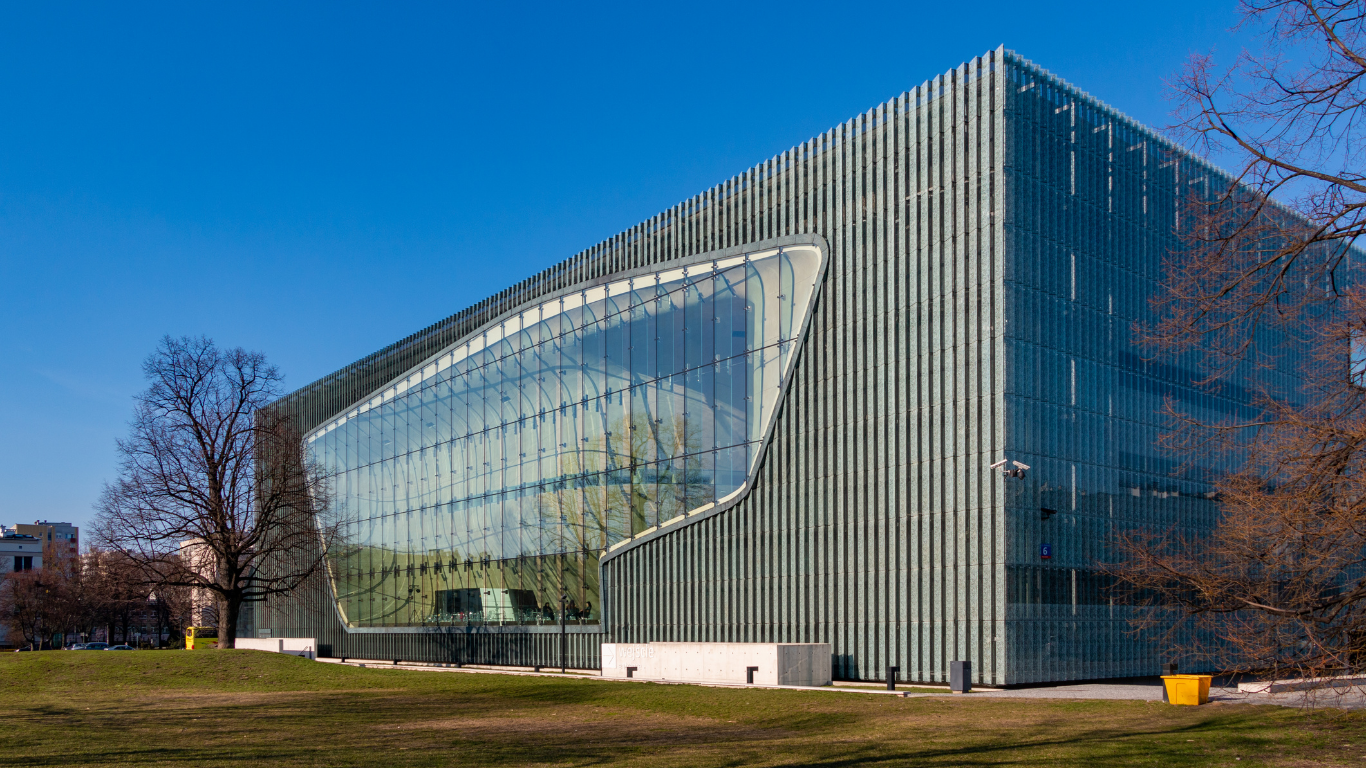
- Why is it exotic? 🤔
A powerful space telling centuries of Jewish life in Poland. - Best time to visit 📅
Weekdays are quieter for reflection. - Photography tip 📷
Focus on architectural curves and emotional exhibits.
8. Warsaw University Rooftop/Library Garden
One of the biggest gardens in Europe is located on the top of the Warsaw University Library in the Powisle borough. The space is used by the Institute of Botany students for their scientific research. Visitors take in a stunning perspective of the cityscape. It is one of the biggest rooftop gardens in Europe, spanning one hectare. Although it is accessible to the general public, it closes after sunset in the summer. Additionally, from November until the end of March, it is closed for the winter. The tops of Warsaw's buildings may be seen from the roof. Therefore, going there at sunset is worthwhile.
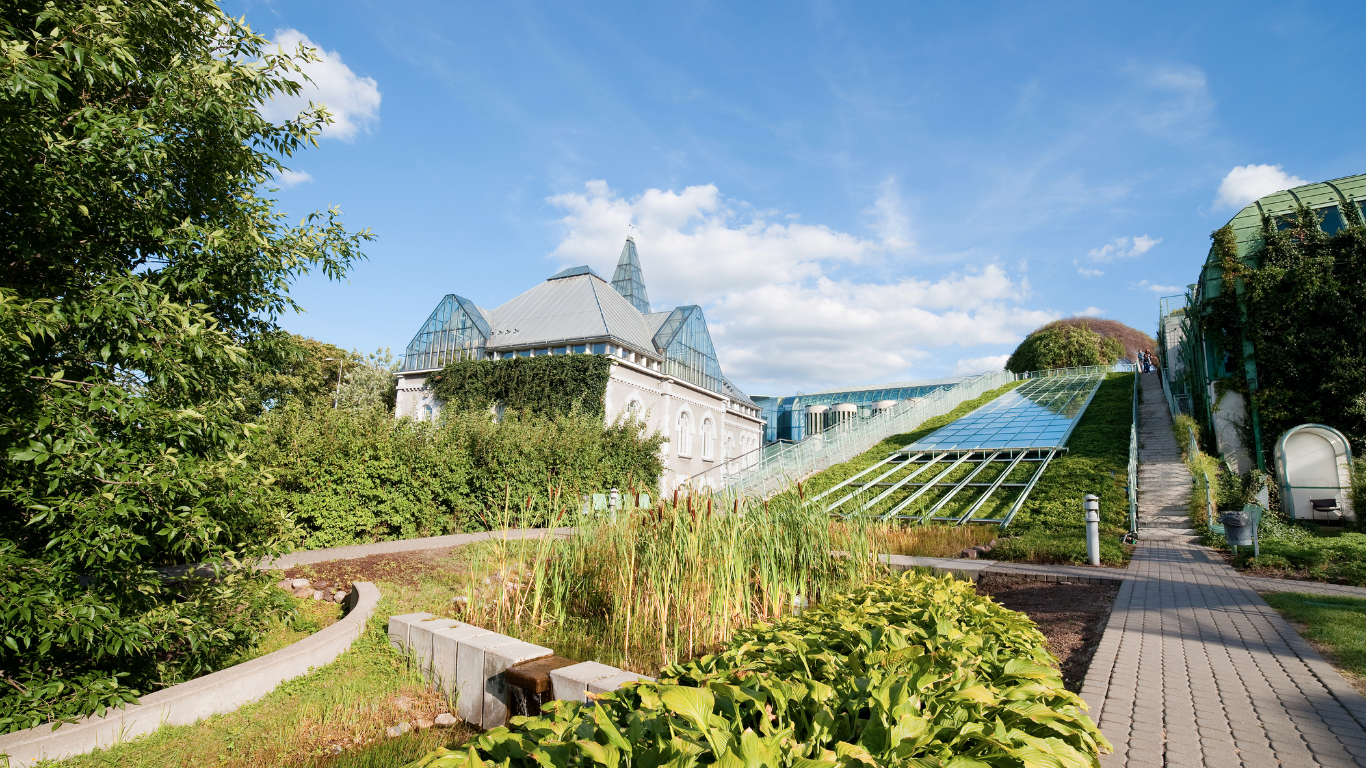
- Why is it exotic? 🤔
One of the city's greenest rooftops, with glass and vines. - Best time to visit 📅
Late afternoon for warm city light. - Photography tip 📷
Capture paths, plants, and skyline in one shot.
9. Złote Tarasy Roof & City Skyline
The Złote Tarasy is a business, office, and entertainment complex situated at 59 Złota Street, between Jana Pawła II and Emilii Plater, in the center of Warsaw. It debuted in February 2007. The complex includes the Skylight office tower building, one of the top 30 highest structures in the city, the Lumen office building, and the Złote Tarasy shopping centre. It is situated in the Śródmieście district, the Żelazna Brama municipal neighbourhood, and the Śródmieście Północne City Information System region. Adjacent to it are Złota 44, the Palace of Culture and Science, and the Warszawa Centralna (Warsaw Central) train station.
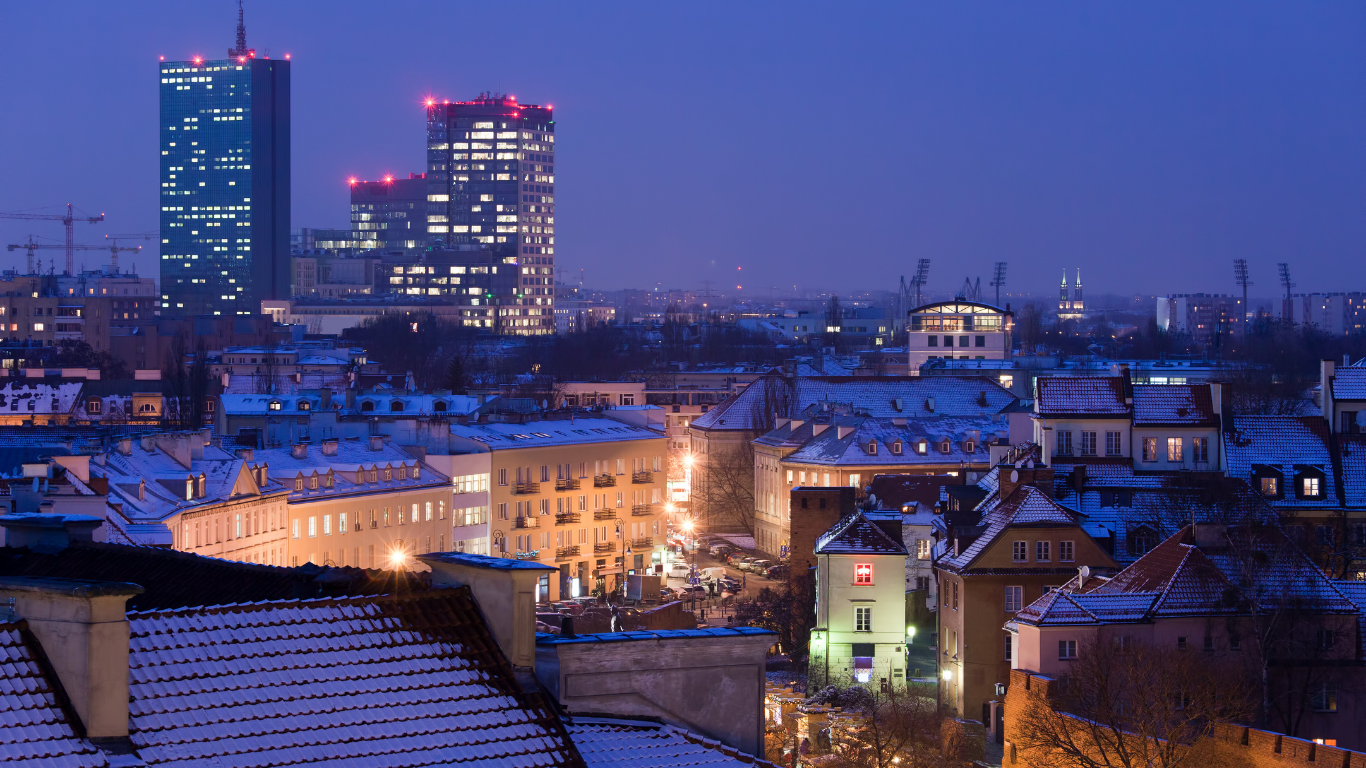
- Why is it exotic? 🤔
A modern mall with a stunning glass wave roof. - Best time to visit 📅
Evening for glowing buildings. - Photography tip 📷
Shoot reflections in the roof and city lights around.
10. Vistula Riverbanks
On the left (west) bank of the Vistula River in Warsaw, Vistula boulevards provide an uninterrupted riverbank promenade. Bohdan Grzymała-Siedlecki is honoured by the part between the Poniatowski Bridge and the Śląsko-Dąbrowski Bridge, and Jan Karski is honoured by the stretch between the Śląsko-Dąbrowski Bridge and the Gdański Bridge. In 2013, work on rebuilding the boulevards started. The boulevards were supposed to open in July and then in the fall of 2014. It was projected that the boulevards at Podzamcze would open in April 2015, with the Copernicus Science Centre part following in mid-2015. On August 2, 2015, the Vistula Boulevards' first section opened.
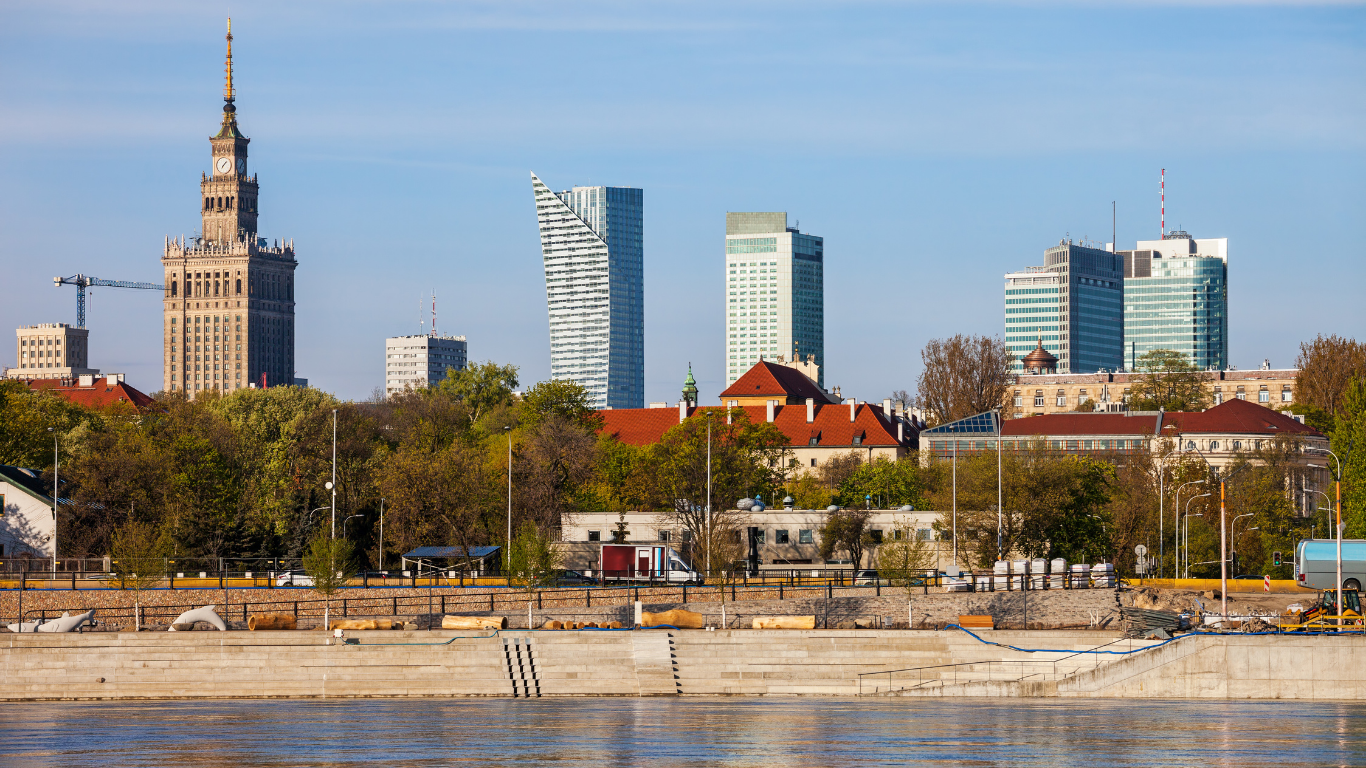
- Why is it exotic? 🤔
A peaceful riverside escape for biking, walking, or just relaxing with friends by the water. - Best time to visit 📅
Evening or sunset for the best colors and a calm vibe. - Photography tip 📷
Capture silhouettes, city reflections in the water, and golden hour light over the skyline.
Final Thoughts
These are the top photography spots you won't want to miss in Warsaw. However, there is much more to see and enjoy, as the city offers endless photo opportunities. Take a walk and explore more, and make both your day and your photos amazing. Hopefully, this guide will help you capture your best moments in Warsaw.
Ready to explore?
Don’t forget to bring extra storage, as you’ll be taking a lot of photos.
Check Out Our Blog

Where to Take the Best Photos in Jacksonville? Our 10 Must-See Spots

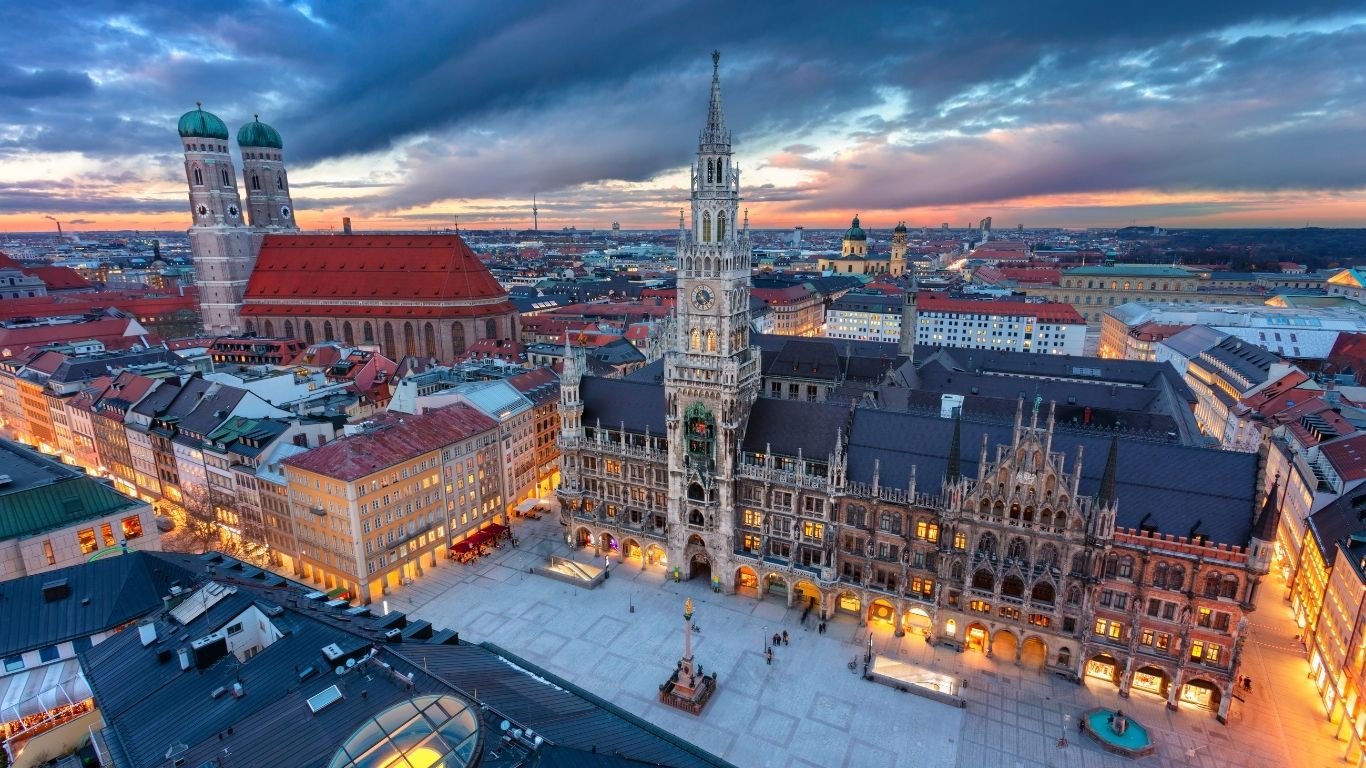
Where to Take the Best Photos in Munich? Our 10 Must-See Spots


Where to Take the Best Photos in Manchester? Our 10 Must-See Spots







